Cinnamic Acid – High Purity | Premium Quality
$14.99 – $48.00
General Information
- Chemical Name: Cinnamic Acid
- CAS Number: 140-10-3
- IUPAC Name: (E)-3-Phenylprop-2-enoic acid
- Molecular Formula: C₉H₈O₂
- Molecular Weight: 148.16 g/mol
- Appearance: White to off-white crystalline powder
- Odor: Mild cinnamon-like aroma
- Purity: ≥99% (High Purity)
Physical & Chemical Properties
- Melting Point: 132 – 135°C
- Boiling Point: 300°C
- Density: 1.247 g/cm³
- Solubility:
- Slightly soluble in water (0.4 g/L at 25°C)
- Soluble in ethanol, acetone, and other organic solvents
- pH (in solution): Weakly acidic
- Flash Point: 180°C
- Refractive Index: 1.555 (at 20°C)
- Vapor Pressure: <0.01 mmHg (at 25°C)
Description
Cinnamic Acid is a naturally occurring aromatic carboxylic acid widely used in the flavor, fragrance, cosmetic, and pharmaceutical industries. It is known for its pleasant, cinnamon-like aroma and versatile applications.
Applications of Cinnamic Acid:
Fragrance & Perfumery Industry
- Acts as a key ingredient in perfumes and colognes, providing a warm, sweet, and slightly spicy aroma.
- Used in the synthesis of cinnamyl alcohol, esters, and other fragrance compounds.
- Commonly found in soaps, deodorants, and personal care products for a natural, long-lasting scent.
Flavoring Industry
- Used as a natural flavor enhancer in food and beverages, adding a mild cinnamon-like or balsamic taste.
- Found in chewing gums, candies, and syrups for its aromatic and flavoring properties.
- Acts as a precursor for vanillin and other flavoring agents.
Cosmetic & Skincare Industry
- Functions as a UV absorber, offering mild sun protection in sunscreens and skincare products.
- Incorporated into anti-aging creams and lotions due to its antioxidant properties.
- Used in acne treatments and anti-inflammatory formulations to help soothe skin.
Pharmaceutical Industry
- Serves as an intermediate in the synthesis of various medicinal compounds, including antifungal and antibacterial agents.
- Studied for its antioxidant, anti-inflammatory, and antimicrobial properties.
- Potential applications in wound healing and treatment of neurological disorders.
Agricultural & Biochemical Applications
- Acts as a plant growth regulator and antimicrobial agent in agriculture.
- Studied for its role in pest control formulations.
- Found in natural herbicides and fungicides due to its plant-derived properties.
Chemical & Industrial Synthesis
- Used as a precursor in the synthesis of esters, amides, and other organic compounds.
- Plays a role in the production of resins, coatings, and biodegradable plastics.
- Utilized in dye and pigment manufacturing.
Research & Laboratory Use
- Commonly used in organic synthesis and chemical research.
- Studied for green chemistry applications and sustainable material development.
Storage Instructions:
- Temperature: Store Cinnamic Acid in a cool, dry place at room temperature.
- Humidity Control: Keep the container tightly sealed to prevent moisture absorption. Ensure the storage area is free from excessive humidity.
- Light Exposure: Protect from direct sunlight. Prolonged exposure to light may cause degradation of the product.
- Container: Use the original, resealable container to maintain the integrity and quality of the product. For long-term storage, consider airtight containers made from non-reactive materials.
Handling Precautions:
- Personal Protective Equipment (PPE): Wear appropriate protective clothing, including gloves and safety glasses, when handling Cinnamic Acid to avoid direct contact with skin and eyes.
- Ventilation: Use in a well-ventilated area to prevent inhalation of any dust particles. Avoid creating dust during handling.
- Hygiene: Wash hands thoroughly after handling. Avoid eating, drinking, or smoking while handling this chemical.
- Spill Management: In case of a small spill, sweep up the material carefully without creating dust. Dispose of the waste according to local regulations.
- Fire Safety: Cinnamic Acid is combustible. Keep away from open flames, heat sources, and oxidizing agents.
Safety Measures:
- Avoid Inhalation: Prevent inhalation of dust or fumes by using appropriate respiratory protection if needed.
- First Aid Measures: In case of contact with skin or eyes, rinse immediately with plenty of water. Seek medical attention if irritation persists.
- Storage Compatibility: Store away from strong oxidizing agents, strong acids, and bases to prevent hazardous reactions.
Additional information
| Size | 50 Grams, 100 Grams, 250 Grams |
|---|
Be the first to review “Cinnamic Acid – High Purity | Premium Quality” Cancel reply
Related products
-
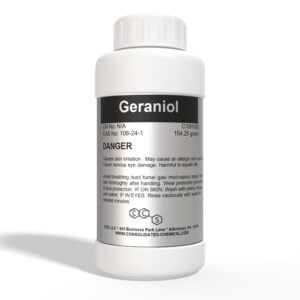
Geraniol | High-Purity Fragrance/Aroma Compound
$9.99 – $800.00 Select options This product has multiple variants. The options may be chosen on the product page -
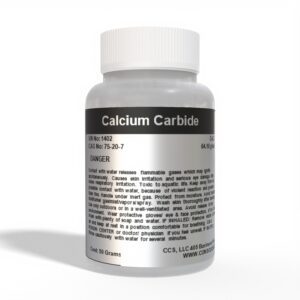
Calcium Carbide Lumps 50g
$12.00 Add to cart -
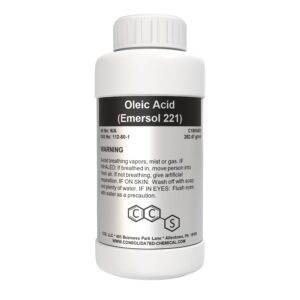
Oleic Acid (Emersol 221) – Premium High Purity Fatty Acid
$13.00 – $130.00 Select options This product has multiple variants. The options may be chosen on the product page -
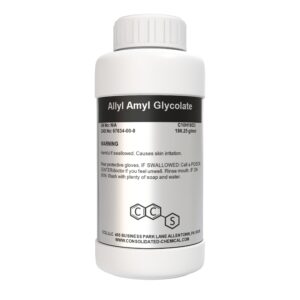
Allyl Amyl Glycolate | Premium Fragrance/Aroma Compound
$16.00 – $29.99 Select options This product has multiple variants. The options may be chosen on the product page
SKU: N/A
Categories: Flavoring Agent, Food Additive, Fragrance Chemical, Fragrances & Aromas (15), Herbicide, Industrial Chemical, Pesticide
Tags: 50g, Acid, aroma, Aromatic Carboxylic Acid, Best Cinnamic Acid Supplier, Bulk Cinnamic Acid, Buy Cinnamic Acid, Buy Cinnamic Acid in Bulk, C₉H₈O₂, Cinnamic, Cinnamic Acid, Cinnamic Acid 99% Purity, Cinnamic Acid Analytical Reagent, Cinnamic Acid and Skin Health, Cinnamic Acid Antimicrobial, Cinnamic Acid Antioxidant, Cinnamic Acid Applications, Cinnamic Acid Aroma Compound, Cinnamic Acid as a UV Absorber, Cinnamic Acid as an Active Ingredient, Cinnamic Acid Benefits, Cinnamic Acid Benefits in Cosmetics, Cinnamic Acid Best Price, Cinnamic Acid Bulk Supplier, Cinnamic Acid CAS 140-10-3, Cinnamic Acid Chemical Properties, Cinnamic Acid Chemical Reactions, Cinnamic Acid Chemical Store, Cinnamic Acid Chemical Supplier, Cinnamic Acid Cosmetic Ingredient, Cinnamic Acid Crystals, Cinnamic Acid Derivative Applications, Cinnamic Acid Derivatives, Cinnamic Acid Discount, Cinnamic Acid Distributor, Cinnamic Acid Eco-Friendly, Cinnamic Acid EINECS, Cinnamic Acid Extraction, Cinnamic Acid FCC, Cinnamic Acid FDA Approved, Cinnamic Acid Food Grade, Cinnamic Acid Food Industry, Cinnamic Acid for Candles, Cinnamic Acid for Cosmetics, Cinnamic Acid for Essential Oils, Cinnamic Acid for Flavors, Cinnamic Acid for Food Additives, Cinnamic Acid for Fragrance, Cinnamic Acid for Natural Preservatives, Cinnamic Acid for Organic Synthesis, Cinnamic Acid for Perfumery, Cinnamic Acid for Pharmaceuticals, Cinnamic Acid for Sale, Cinnamic Acid for Skincare, Cinnamic Acid for Soap Making, Cinnamic Acid Formula, Cinnamic Acid Fragrance Formulations, Cinnamic Acid Free Shipping, Cinnamic Acid Handling, Cinnamic Acid in Cosmetics, Cinnamic Acid in Medicine, Cinnamic Acid in Perfume Making, Cinnamic Acid in Skincare, Cinnamic Acid Industrial Grade, Cinnamic Acid Industrial Use, Cinnamic Acid Intermediate, Cinnamic Acid Lab Grade, Cinnamic Acid Laboratory Use, Cinnamic Acid Manufacturer, Cinnamic Acid Market Price, Cinnamic Acid MSDS, Cinnamic Acid Natural Source, Cinnamic Acid Online, Cinnamic Acid Online Store, Cinnamic Acid Organic Chemistry, Cinnamic Acid Perfume Ingredient, Cinnamic Acid pH, Cinnamic Acid Pharmaceutical Ingredient, Cinnamic Acid Powder, Cinnamic Acid Preservative, Cinnamic Acid Price, Cinnamic Acid Properties, Cinnamic Acid Purity Test, Cinnamic Acid Research, Cinnamic Acid Retail, Cinnamic Acid Safety, Cinnamic Acid SDS, Cinnamic Acid Shelf Life, Cinnamic Acid Solubility, Cinnamic Acid Stability, Cinnamic Acid Stability in Solutions, Cinnamic Acid Storage Conditions, Cinnamic Acid Supplier, Cinnamic Acid Suppliers Near Me, Cinnamic Acid Sustainable, Cinnamic Acid Synthesis, Cinnamic Acid Technical Grade, Cinnamic Acid Toxicity, Cinnamic Acid Uses, Cinnamic Acid USP, Cinnamic Acid UV Protection, Cinnamic Acid vs Cinnamaldehyde, Cinnamic Acid Wholesale, Cinnamyl Derivative, Compound, High, High Purity Cinnamic Acid, High-Quality Cinnamic Acid, Natural Cinnamic Acid, Order Cinnamic Acid Online, Organic Acid Compounds, Phenylpropanoic Acid, Premium Cinnamic Acid, Purity, Synthetic Cinnamic Acid, Where to buy Cinnamic Acid


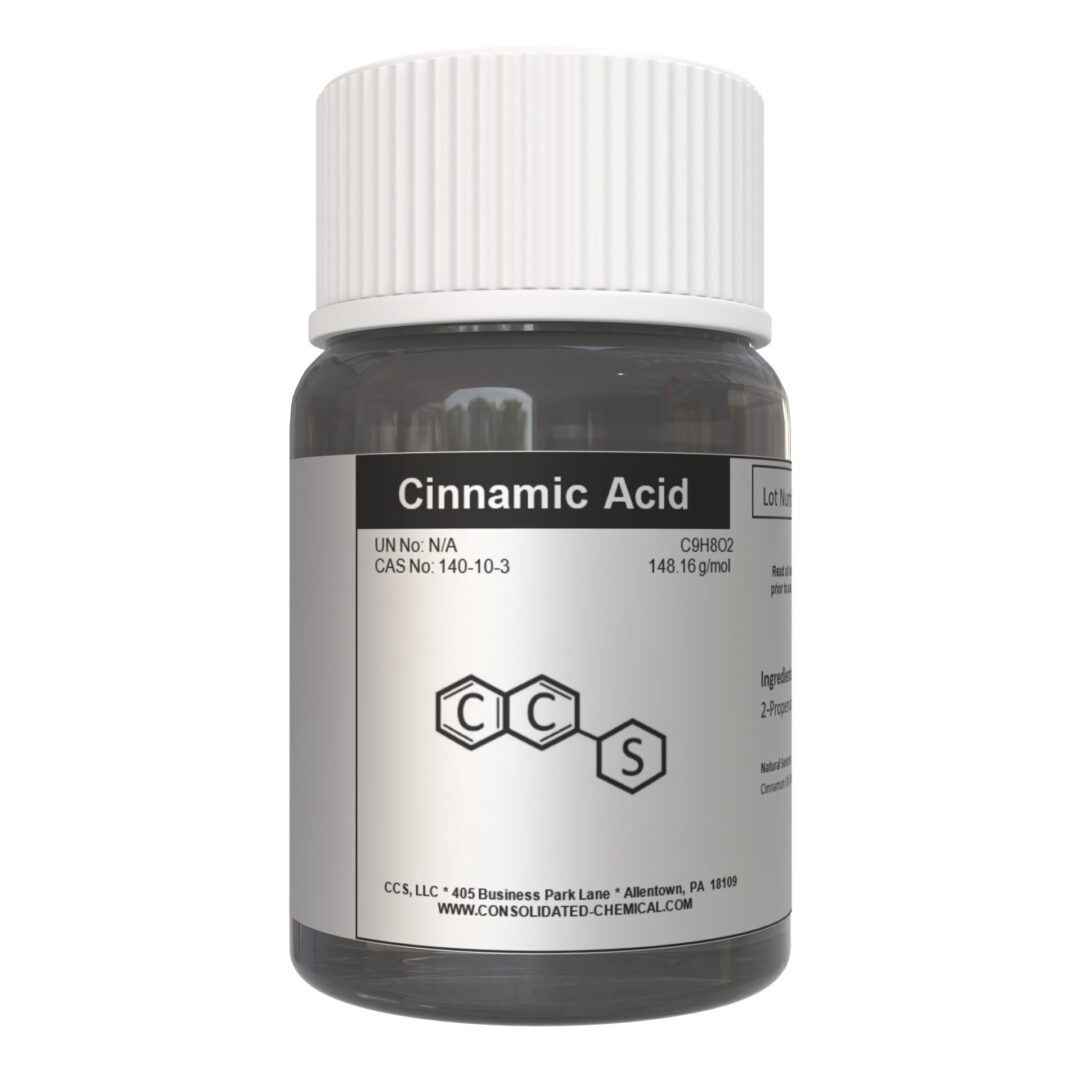
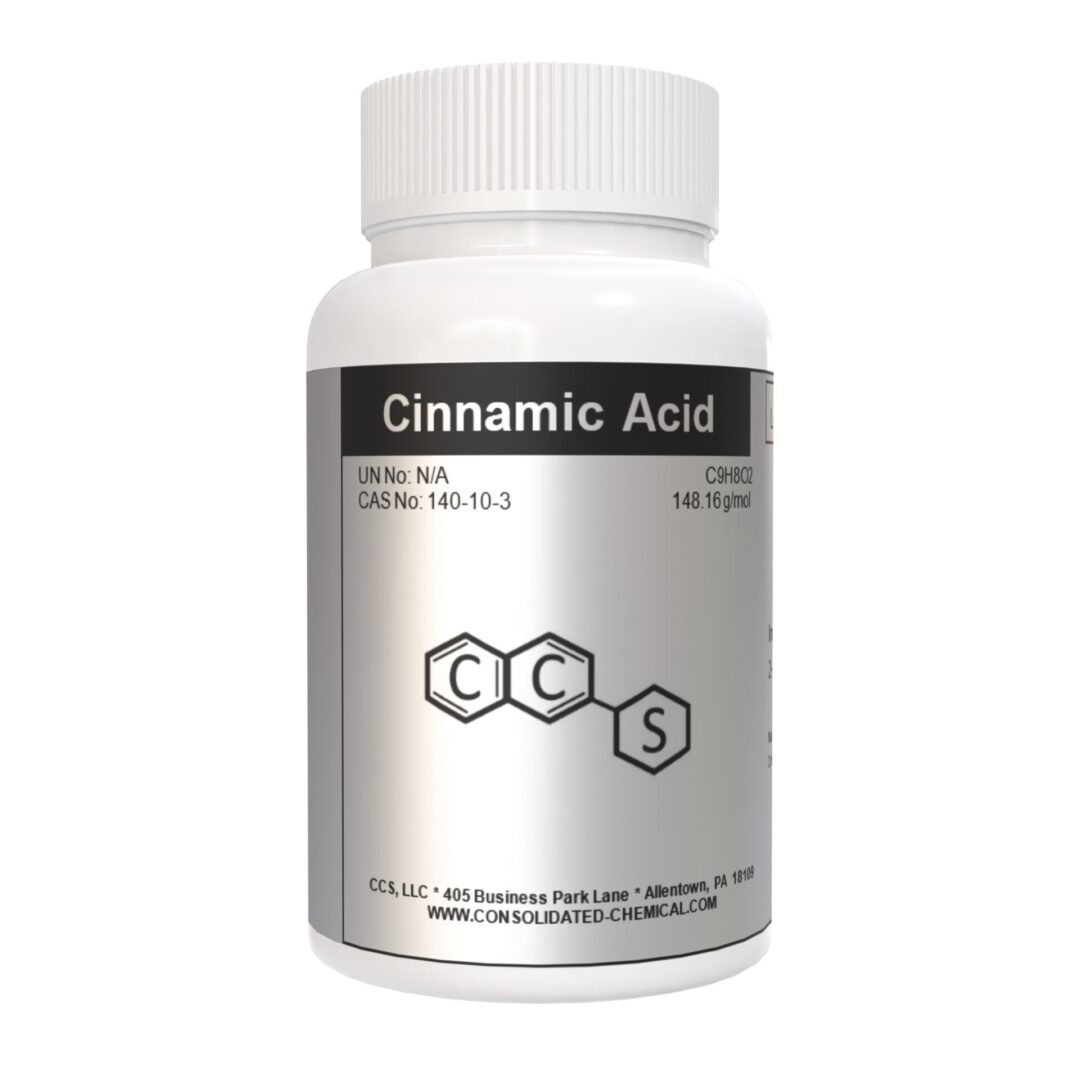
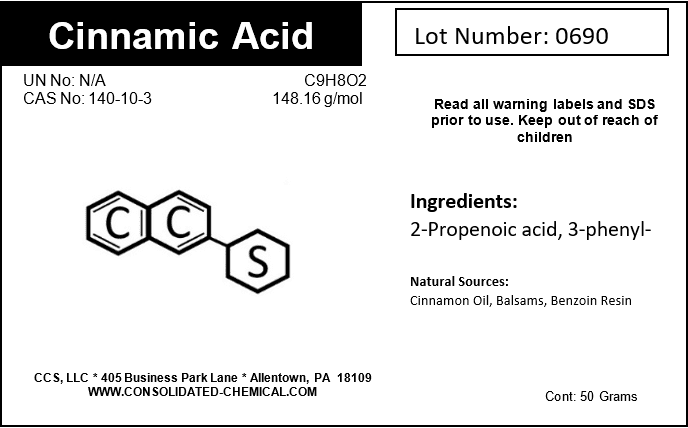
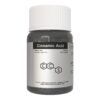
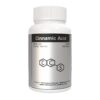

Reviews
There are no reviews yet.